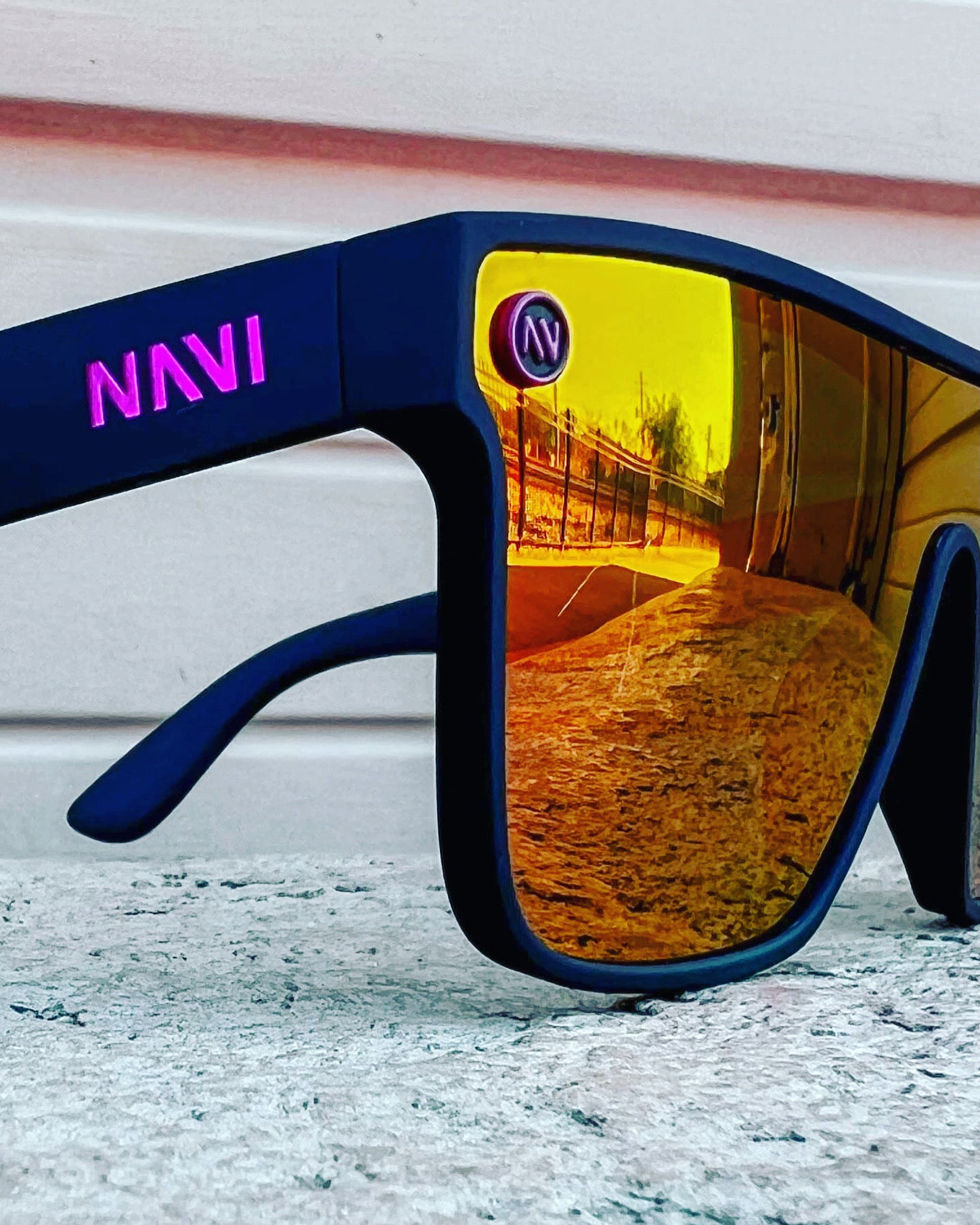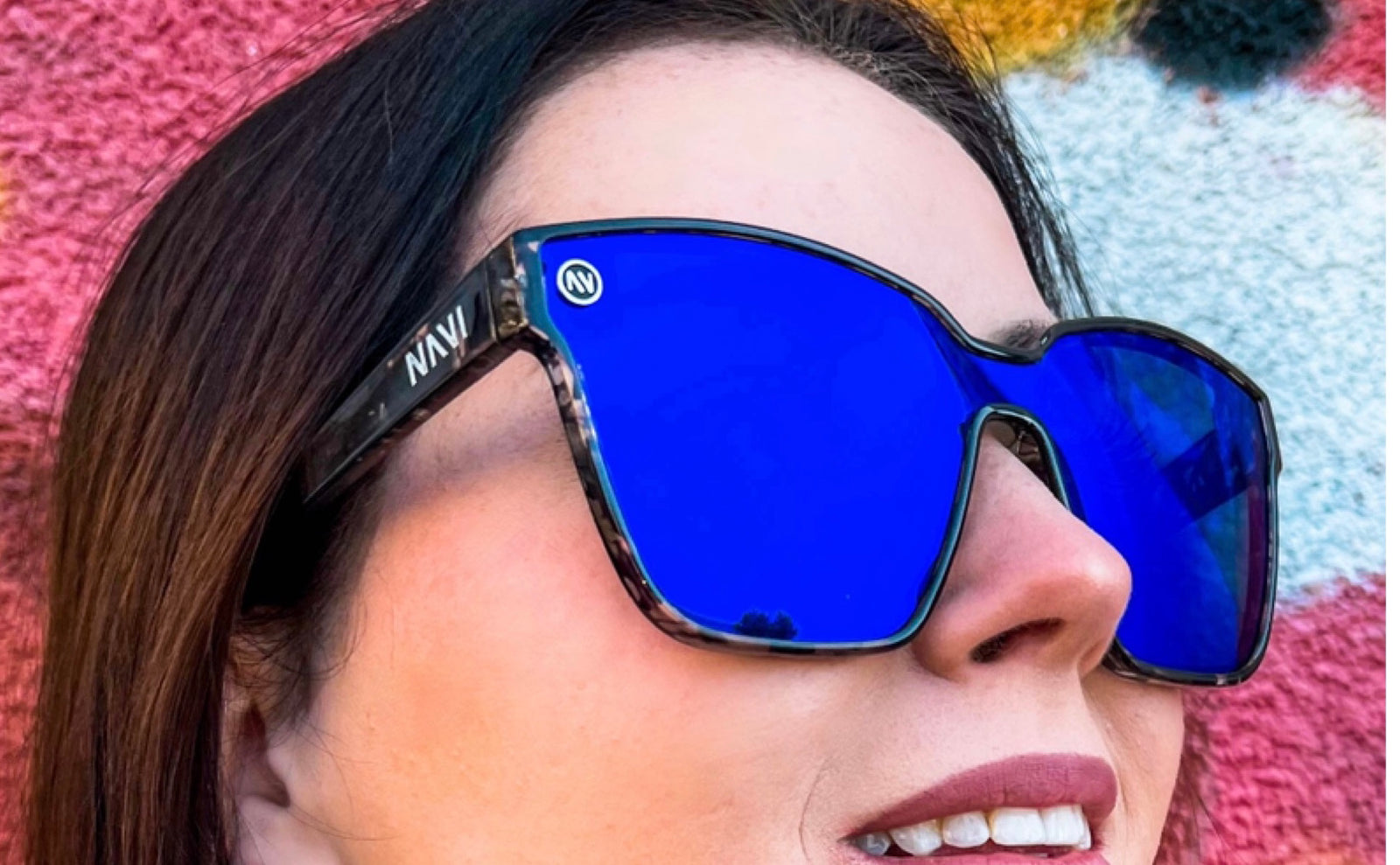Sunglasses are not only a fashion statement but also a necessity for protecting our eyes from the harmful rays of the sun. While choosing the right frame for your sunglasses is essential, selecting the appropriate lens material is equally important. The right lens material will ensure that your sunglasses are not only comfortable to wear but also provide adequate protection to your eyes. In this article, we will guide you through the process of selecting the right lens material for your sunglasses.
Table of Contents
- Introduction
- Factors to Consider
- Prescription Requirements
- Lens Material Options
- Lens Color
- Polarization
- Types of Lens Materials
- Glass Lenses
- Polycarbonate Lenses
- CR-39 Lenses
- High-Index Plastic Lenses
- Comparison of Lens Materials
- Conclusion
- FAQs
1. Introduction
Sunglasses are an essential accessory for anyone who spends a considerable amount of time outdoors. Not only do they make a fashion statement, but they also protect your eyes from harmful UV rays. Choosing the right lens material for your sunglasses is essential to ensure that they are not only comfortable to wear but also provide adequate protection.
2. Factors to Consider
- Prescription Requirements
If you have a prescription, you need to consider your optician's recommendations when selecting the right lens material. Depending on your prescription, certain lens materials may be more suitable than others.
- Lens Material Options
There are several lens material options available, including glass, polycarbonate, CR-39, and high-index plastic. Each material has its own set of advantages and disadvantages, which we will discuss later in this article.
- Lens Color
Lens color can also play a significant role in the overall performance of your sunglasses. Different lens colors are suitable for different lighting conditions. For instance, brown lenses are ideal for sunny conditions, while yellow lenses work well in low-light conditions.
- Polarization
Polarization is a feature that helps reduce glare and improves visual clarity. Polarized lenses are ideal for activities like driving, fishing, and skiing.
3. Types of Lens Materials
- Glass Lenses
Glass lenses are the most durable and scratch-resistant lens material. They also provide the best visual clarity and are ideal for individuals with a higher prescription. However, they are also the heaviest and most expensive option.
- Polycarbonate Lenses
Polycarbonate lenses are lightweight, impact-resistant, and provide excellent UV protection. They are ideal for individuals with an active lifestyle, children, and individuals who need a high level of eye protection. However, they are prone to scratches, and their optical quality is not as good as that of glass lenses.
- CR-39 Lenses
CR-39 lenses are a type of plastic lens that provides excellent optical quality and is the most affordable option. However, they are not as impact-resistant as polycarbonate lenses and are not suitable for individuals who require a high level of eye protection.
- High-Index Plastic Lenses
High-index plastic lenses are a type of plastic lens that is thinner and lighter than CR-39 lenses. They are ideal for individuals with a higher prescription, but they are more expensive than CR-39 lenses.
4. Comparison of Lens Materials
How to Choose the Right Lens Material for Your Sunglasses
Sunglasses are not only a fashion statement but also a necessity for protecting our eyes from the harmful rays of the sun. While choosing the right frame for your sunglasses is essential, selecting the appropriate lens material is equally important. The right lens material will ensure that your sunglasses are not only comfortable to wear but also provide adequate protection to your eyes. In this article, we will guide you through the process of selecting the right lens material for your sunglasses.
Table of Contents
- Introduction
- Factors to Consider
- Prescription Requirements
- Lens Material Options
- Lens Color
- Polarization
- Types of Lens Materials
- Glass Lenses
- Polycarbonate Lenses
- CR-39 Lenses
- High-Index Plastic Lenses
- Comparison of Lens Materials
- Conclusion
- FAQs
1. Introduction
Sunglassesare an essential accessory for anyone who spends a considerable amount of time outdoors. Not only do they make a fashion statement, but they also protect your eyes from harmful UV rays. Choosing the right lens material for your sunglasses is essential to ensure that they are not only comfortable to wear but also provide adequate protection.
2. Factors to Consider
- Prescription Requirements
If you have a prescription, you need to consider your optician's recommendations when selecting the right lens material. Depending on your prescription, certain lens materials may be more suitable than others.
- Lens Material Options
There are several lens material options available, including glass, polycarbonate, CR-39, and high-index plastic. Each material has its own set of advantages and disadvantages, which we will discuss later in this article.
- Lens Color
Lens color can also play a significant role in the overall performance of your sunglasses. Different lens colors are suitable for different lighting conditions. For instance, brown lenses are ideal for sunny conditions, while yellow lenses work well in low-light conditions.
- Polarization
Polarizationis a feature that helps reduce glare and improves visual clarity. Polarized lenses are ideal for activities like driving, fishing, and skiing.
3. Types of Lens Materials
- Glass Lenses
Glass lenses are the most durable and scratch-resistant lens material. They also provide the best visual clarity and are ideal for individuals with a higher prescription. However, they are also the heaviest and most expensive option.
- Polycarbonate Lenses
Polycarbonate lenses are lightweight, impact-resistant, and provide excellent UV protection. They are ideal for individuals with an active lifestyle, children, and individuals who need a high level of eye protection. However, they are prone to scratches, and their optical quality is not as good as that of glass lenses.
- CR-39 Lenses
CR-39 lenses are a type of plastic lens that provides excellent optical quality and is the most affordable option. However, they are not as impact-resistant as polycarbonate lenses and are not suitable for individuals who require a high level of eye protection.
- High-Index Plastic Lenses
High-index plastic lenses are a type of plastic lens that is thinner and lighter than CR-39 lenses. They are ideal for individuals with a higher prescription, but they are more expensive than CR-39 lenses.
4. Comparison of Lens Materials
| Lens Material | Advantages | Disadvantages |
|---|---|---|
| Glass | Most durable and scratch-resistant lens material, best visual clarity | Heaviest and most expensive option |
| Polycarbonate | Lightweight, impact-resistant, excellent UV protection | Prone to scratches, not as good optical quality as glass |
| CR-39 | Most affordable |
| High-Index Plastic | Thinner and lighter than CR-39, ideal for higher prescription | More expensive than CR-39 |
When selecting the right lens material for your sunglasses, it is important to consider your lifestyle, prescription, and budget. The table above summarizes the advantages and disadvantages of each lens material.
5. Conclusion
Choosing the right lens material for your sunglasses is crucial to ensure that they provide adequate protection and comfort. By considering factors such as prescription requirements, lens material options, lens color, and polarization, you can make an informed decision when selecting the right lens material for your sunglasses.
6. FAQs
- What is the most durable lens material for sunglasses?
Glass lenses are the most durable and scratch-resistant lens material for sunglasses.
- Which lens material is ideal for individuals with an active lifestyle?
Polycarbonate lenses are ideal for individuals with an active lifestyle as they are lightweight and impact-resistant.
- Are CR-39 lenses suitable for individuals who require a high level of eye protection?
No, CR-39 lenses are not suitable for individuals who require a high level of eye protection as they are not as impact-resistant as polycarbonate lenses.
- What is the most affordable lens material for sunglasses?
CR-39 lenses are the most affordable lens material for sunglasses.
- Which lens material is ideal for individuals with a higher prescription?
High-index plastic lenses are ideal for individuals with a higher prescription as they are thinner and lighter than CR-39 lenses.




